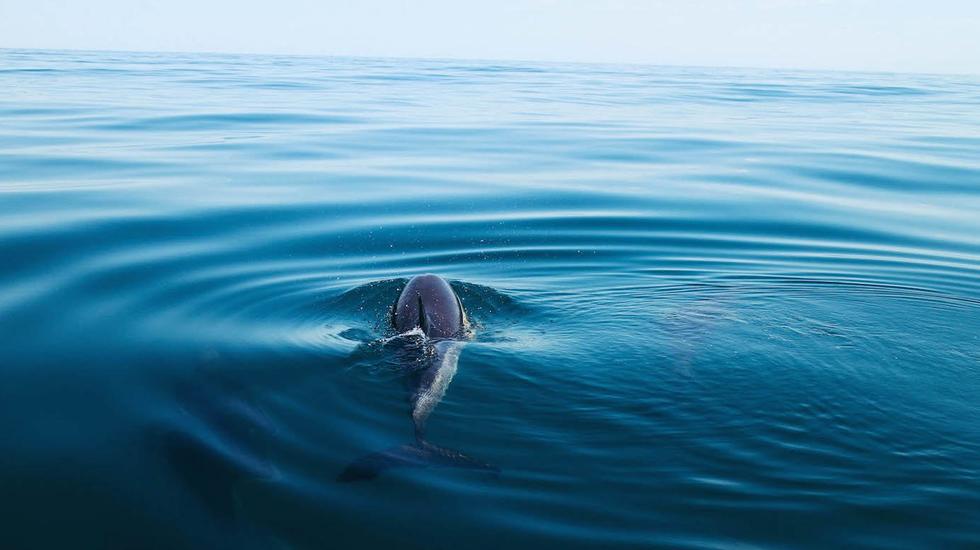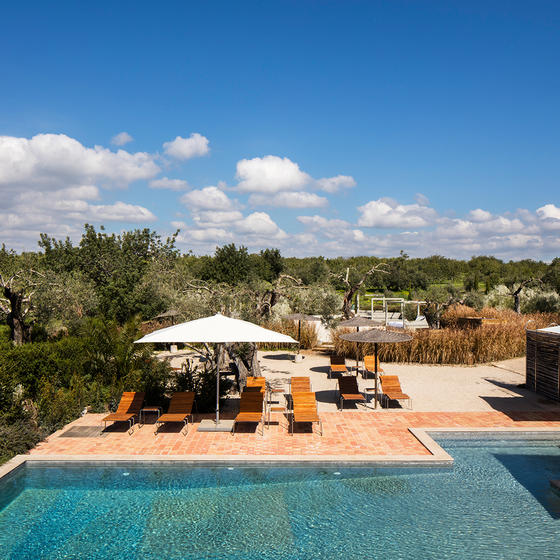04 September, 2015

After
much deliberation we settled on our next family holiday
destination: the Algarve, Portugal. We visited in June, before the
peak tourism season, and the weather was pleasant, reaching 30°C on
the hotter days. For the first few days, I spent most of my time
exploring the local beach, Praia do Porto do Mos and the small town
of Lagos. It is a beautiful place, situated right on the shore and
divided into the ‘new’ and ‘old’ town – a nod to the deep-rooted
history of Portugal. Lagos, pronounced (La-Goosh) is famous for
what is known as The Age of Discoveries when Portugal was the first
nation to seek out a route by sea to Asia. The town was a large
naval base for many nautical expeditions, which ultimately led to
the discovery of Africa.
The best thing about the Algarve is that you’re never too far
from the ocean. During our stay, we visited many of the surrounding
beaches, from the rocky caves of Ponta Da Piedade, to the sandy
banks of Batata Beach (otherwise known as potato beach for its
shape). We also visited the famous Praia da Luz, Praia do Camilo
and Praia Dona Ana, which was named the most picturesque beach of
the Algarve.
We usually started our day with a boat ride, and even spotted a
pod of wild dolphins out early one morning. My favourite beach
exploration was on the last day of our trip, when we journeyed to a
place once known as ‘the end of the world’. It was a real adventure
– we drove three hours out of the area to get there, and hiked for
a short while to reach our destination: Cape St Vincent.
The Cape is the south-westernmost point of Portugal. At a time
when discovery and exploration were in their infancy, many believed
this point to be the last piece of land on the Earth’s surface. If
it were humanly possible to swim from Cape St Vincent directly
outward, you’d end up in Washington DC.
The cape is a truly mystical place, with a long headland
pointing out to sea, and no land in sight on either side. Cape St
Vincent’s beaches are nothing like those of the Algarve – they are
rocky, inhospitable, and there are no manmade structures for over
100km within the protected national park in which it resides. As we
sat and watched the sun break through the thick grey clouds that
had gathered out at sea I wondered how many sailors had sat on this
headland, overlooking the vast expanse of ocean, wondering if there
was anything else out there.
